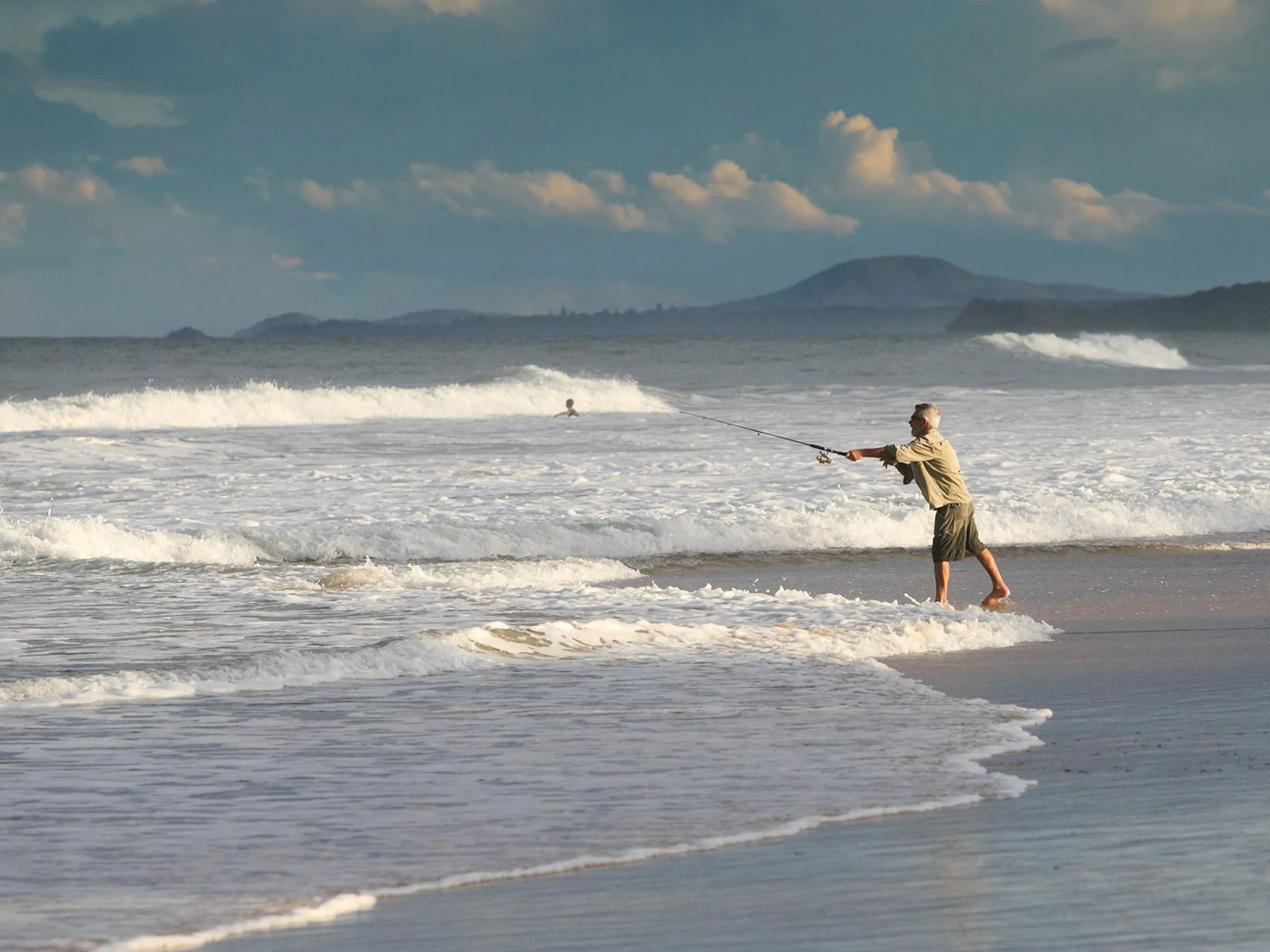
Oh the thrill of the catch! But once you’ve got a fish on the line, what comes next? This question might not cross your mind, until this moment, but fear not whether you’re a seasoned fishing pro or just starting out, read on for a step-by-step guide on what to do once you’ve landed your catch. We asked fishing ambassador Mat Cameron to give us the low down on what to do once the fish is on the hook.
This article assumes you aren't doing a catch-and-release.
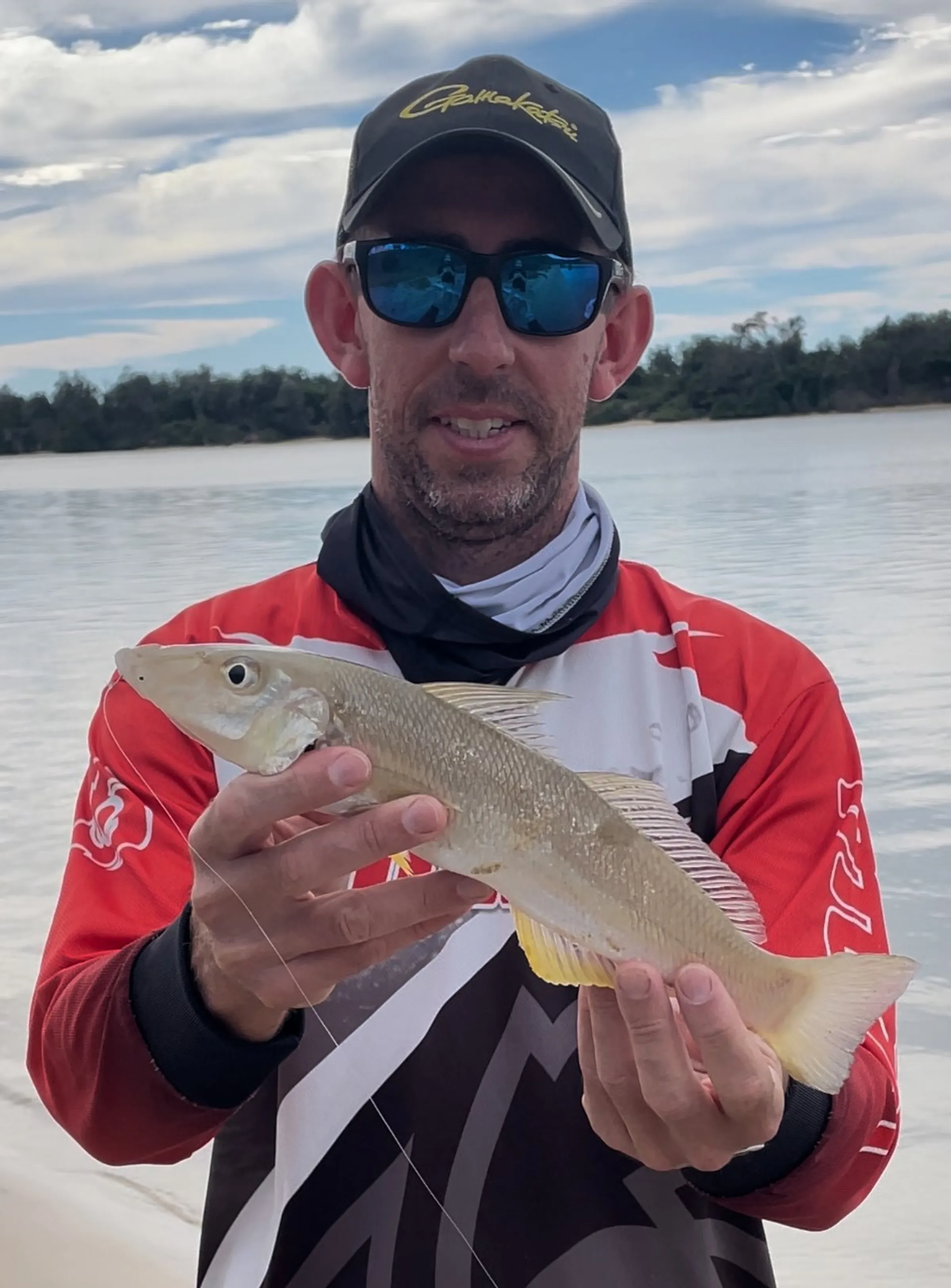
Safe Handling
Handling the fish can trip up even the best of us, especially if you’re new to it. Here are some tips:
- Use Protective Gear: If you’re hesitant to touch the fish, use gloves, a cloth, or soft, wet material to protect the fish from external damage.
- Grip the Fish Correctly: Most fish can be safely gripped around the sides from under the belly. For example, flathead may require a different grip.
- Avoid Holding the Fishing Line: Holding the fishing line with the hook still in the fish’s mouth can harm the fish.
Hook Removal
Once you’ve secured your fish, the next step is removing the hook. Depending on the hook and its location, different techniques might be needed. Generally, hooks should be removed the same way they went in. Avoid tearing hooks out, as this can harm the fish. Instead, twist the hook so the barb rolls around, then push the hook point back through the piercing.
- For Deeply Embedded Hooks: Use long nose pliers or forceps to carefully remove the hook.
- If the Hook is Fully Swallowed: Cut the line as close to the hook as possible. Fish released with an embedded hook often have high survival rates.
Identifying Species and Size Regulations
Determining the species and knowing the size regulations is crucial. In NSW, most species have size and catch restrictions. You can find these regulations online at the NSW DPI website or on signs at many boat ramps and public fishing venues.
- Undersized Fish: Release them alive as soon as possible. If the fish is struggling, help it regain its energy by gently moving it forward and back in the water to oxygenate its gills.
- Legal-Sized Fish: You are entitled to keep them. Remember to humanely dispatch the fish, bleed it out, and get it cold as quickly as possible.
Processing Your Catch
Once your fish is on ice, the next step is processing the meat. This can be done immediately or later, depending on your desired cooking method.
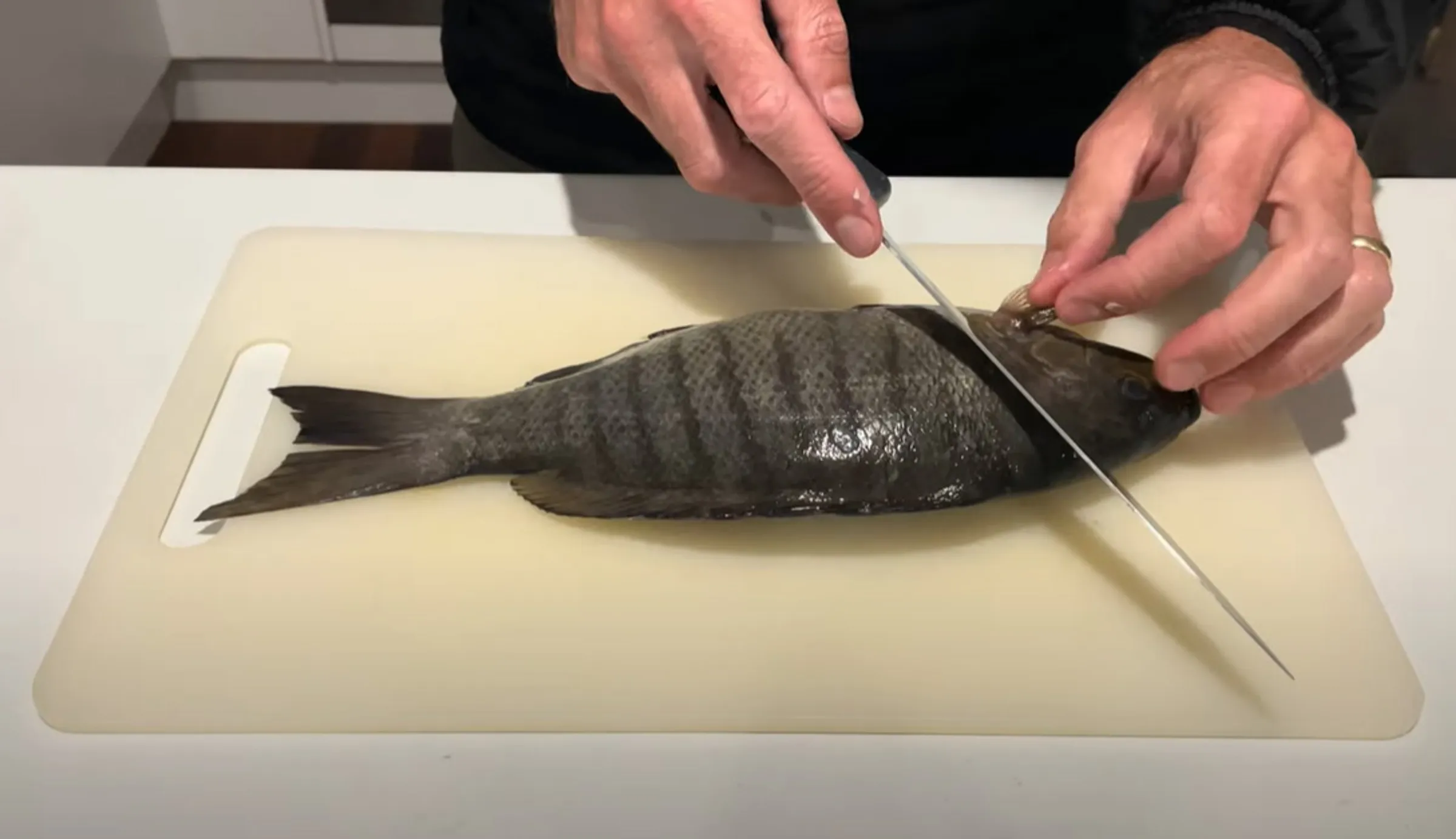
Gutting the Fish
- Cut from the Anal Operature to the Head: Make a shallow cut to avoid piercing the stomach or bile duct.
- Remove the Internal Organs and Gills: Pull them out carefully.
Filleting the Fish
- Make Cuts Behind the Head: Cut from top to bottom on either side.
- Slice Along the Backbone: Run your knife along one side from front to tail to remove one fillet. Repeat on the other side.
- Remove the Skin: Place the fillet skin-side down and slice along the fillet to separate the flesh from the skin.
Now you’re ready to cook your freshly caught seafood with your favorite fish recipe. Bon appétit!
Didn’t find what you were looking for? We’re here to help. Get in touch here.
Yes, you will need a fishing licence when saltwater or freshwater fishing in NSW. Find out more information from the Department of Primary Industries
Related articles
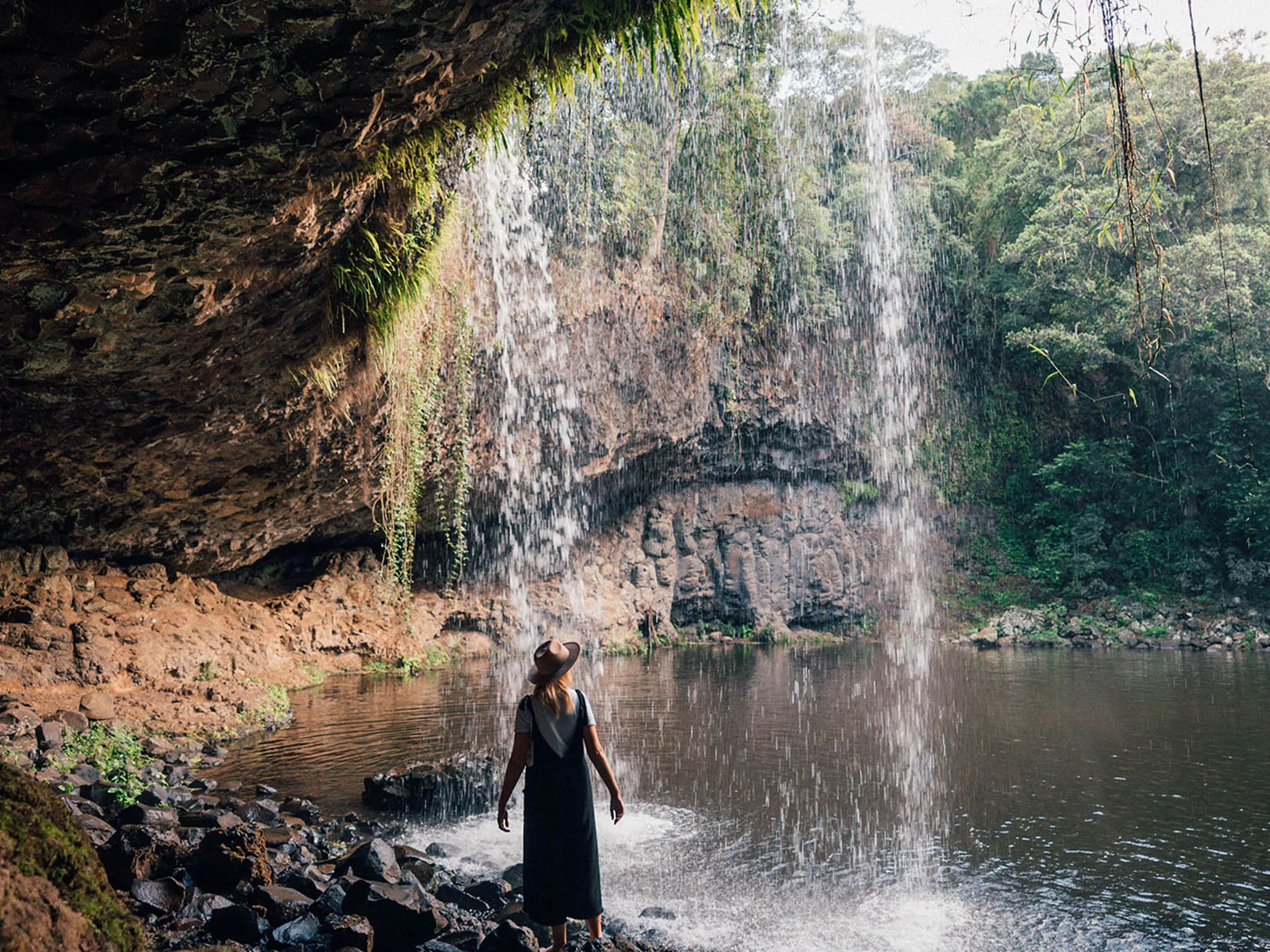
Explore stunning waterfalls within easy reach of the Far North Coast’s beaches, plus insider tips for...

Here’s everything you need to know about starting out on the waves from gear to staying safe.

Ambassador Krystal Knight and her family recently visited the glamping tents at Reflections Lennox...
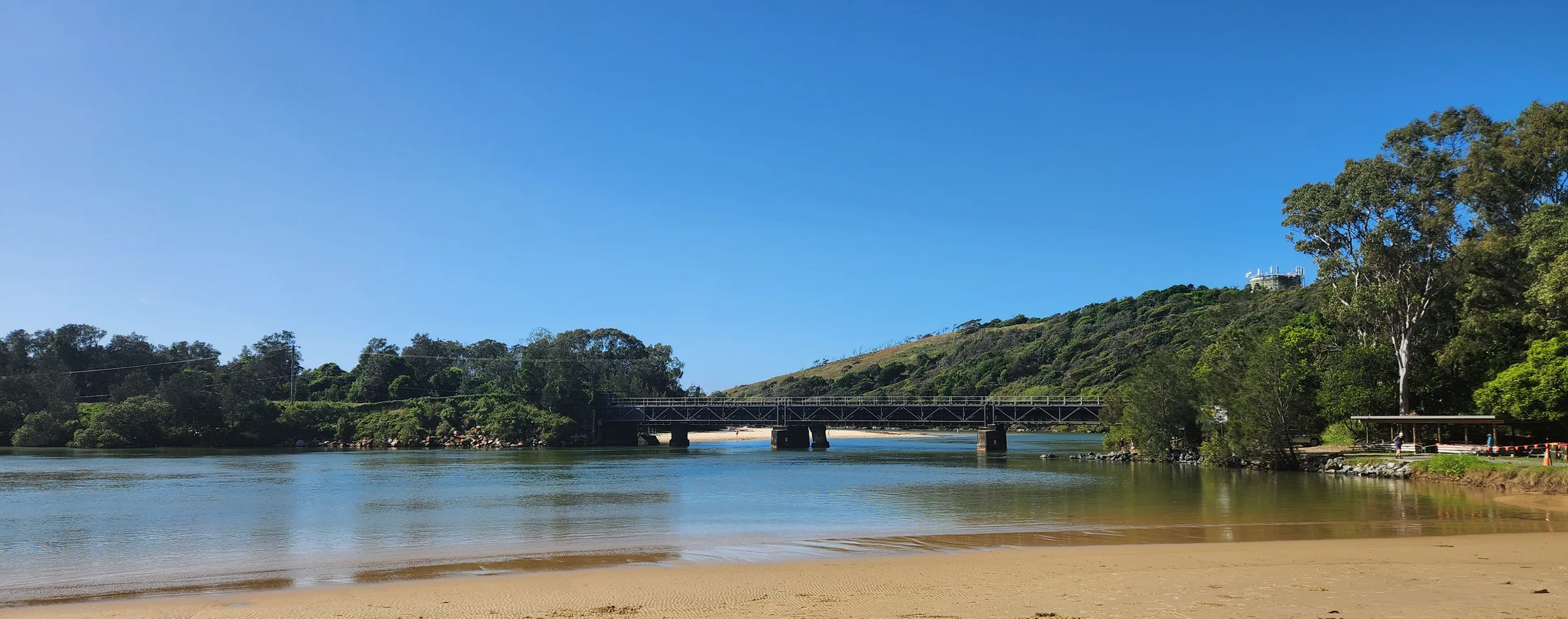
Play the day trip at Reflections Boambee Creek Reserve, a spectacular day reserve an easy drive away...

Reflections Lake Keepit, an easy drive from Gunnedah and Tamworth in the New England region of NSW,...
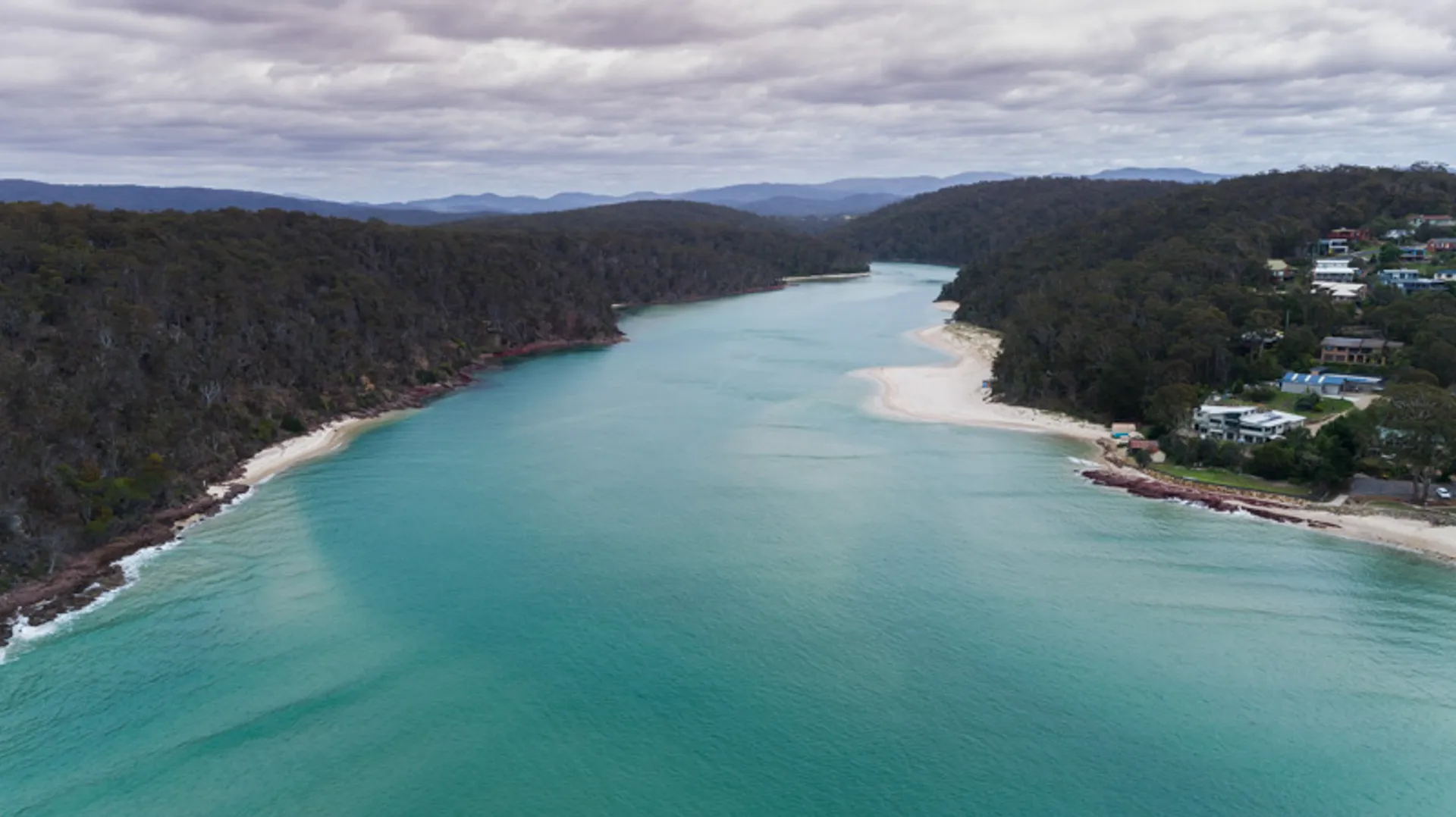
Pambula is a south coast town in New South Wales known for its stunning beaches, nature reserves and...